The rivalry between Iran and Israel is one of the most defining and volatile dynamics in the modern Middle East. It is a complex mix of ideology, strategy, and power politics, rooted in history but constantly evolving. While the two countries have never engaged in direct warfare, they are entangled in a multifaceted “shadow war” that plays out across Syria, Lebanon, Iraq, the Gaza Strip, cyberspace, and diplomatic forums worldwide.
Historical Backdrop: From Allies to Adversaries
- The Shah Era – Strategic Cooperation-Prior to the 1979 Iranian Revolution, Iran and Israel shared a pragmatic, albeit secretive, alliance. Under the rule of Shah Mohammad Reza Pahlavi, Iran was a key U.S. ally, and both countries found common ground in opposing Arab nationalism, particularly from Egypt under Nasser. Israel was one of the few states to maintain close intelligence and economic ties with Iran, including oil trade and defense cooperation.
- Post-1979 – Ideological Realignment – The Islamic Revolution radically altered Iran’s foreign policy. The newly established Islamic Republic, led by Ayatollah Ruhollah Khomeini, adopted a fiercely anti-Zionist stance. Iran ceased all relations with Israel, referring to it as the “Zionist regime” and supporting Palestinian resistance groups, including Hamas and later Hezbollah in Lebanon.
Strategic Flashpoints:
- 1. Syria and the Regional Chessboard
The Syrian Civil War became a primary battleground for the Iran-Israel conflict. Iran, through its Islamic Revolutionary Guard Corps (IRGC) and proxy militias, has established a significant military footprint in Syria to support the Assad regime and build a corridor of influence stretching from Tehran to the Mediterranean.
Israel, on the other hand, has conducted hundreds of airstrikes in Syria targeting Iranian weapons shipments and military infrastructure. Its goal: prevent Iran from entrenching near Israel’s borders.
- 2. Hezbollah – Iran’s Frontline Proxy
Iran’s most potent proxy is Hezbollah, the Shiite militia and political powerhouse in Lebanon. With a vast arsenal of rockets and deep ideological alignment with Tehran, Hezbollah poses a serious strategic threat to Israel. The 2006 Lebanon War demonstrated Hezbollah’s capabilities, and tensions remain high, with Israel viewing any Hezbollah action as an extension of Iranian aggression.
- 3. Nuclear Tensions
Perhaps the most dangerous point of contention is Iran’s nuclear program. Israel considers a nuclear-armed Iran an existential threat. In response, it has employed a mix of cyber operations (e.g., the Stuxnet virus), targeted assassinations of Iranian nuclear scientists, and extensive lobbying against the Iran nuclear deal (JCPOA).
In contrast, Iran asserts that its nuclear program is peaceful, but continues to enrich uranium at levels closer to weapons-grade, prompting concern from Western powers and Israel alike.
Cyberwarfare and Espionage:
The Iran-Israel rivalry has extended into cyberspace. Both countries have developed sophisticated cyber capabilities:
- Israel’s Mossad has been implicated in numerous high-profile sabotage and assassination missions, including the killing of Mohsen Fakhrizadeh, Iran’s top nuclear scientist.
- Iranian hackers have launched attacks on Israeli infrastructure, including water facilities, while Israel has disrupted Iranian shipping and missile development systems.
Gaza and the Palestinian Front:
Iran’s financial and military support to Hamas and Islamic Jihad in the Gaza Strip adds another dimension. While Hamas is Sunni, Iran backs it as part of its anti-Israel axis. During major flare-ups like the 2021 and 2023 Gaza wars, Iran praised Palestinian resistance and reportedly provided weapons and funding, prompting condemnation from Israel.
The Abraham Accords and Strategic Realignment:
One of Israel’s strategic countermeasures has been normalizing ties with Arab states through the Abraham Accords (e.g., UAE, Bahrain, Morocco, and Sudan). These agreements aim to isolate Iran regionally and foster a coalition of moderate Arab regimes aligned with Israel and the West. Iran, in turn, has denounced the Accords and warned of “new fronts” opening against Israel.
The Shadow War: A Cold War in the Middle East
The Iran-Israel conflict has become a regional cold war with global implications. It’s not limited to borders or conventional warzones. It includes:
- Proxy warfare (Hezbollah, Hamas, militias in Iraq and Syria)
- Assassinations and covert ops
- Cyberattacks
- Diplomatic influence in the UN, IAEA, and global capitals
- Economic warfare via sanctions and blockades
Future Outlook: Diplomacy or Escalation?
As of mid-2025, the Iran-Israel rivalry shows no signs of de-escalating. Key risk factors include:
- Iran’s nuclear threshold status
- Potential Hezbollah-Israel conflict
- Iranian missile and drone expansion
- Shifting U.S. engagement in the Middle East
- Possible normalization deals between Israel and Saudi Arabia
While there are diplomatic channels open (especially via intermediaries like Oman, Qatar, and the EU), mutual distrust remains high. Any miscalculation—like an Israeli strike on Iranian nuclear sites or a major Hezbollah rocket attack—could ignite a full-blown regional war.
Conclusion:
The Iran-Israel rivalry is emblematic of a broader struggle for influence in the Middle East. What began as an ideological conflict has evolved into a multi-domain power competition involving cyber, military, economic, and diplomatic tools. For policymakers, scholars, and global observers, understanding this complex relationship is essential for anticipating the future of Middle East security—and by extension, global stability.
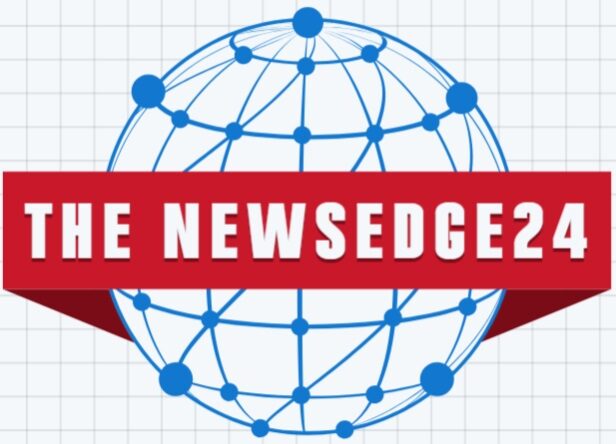
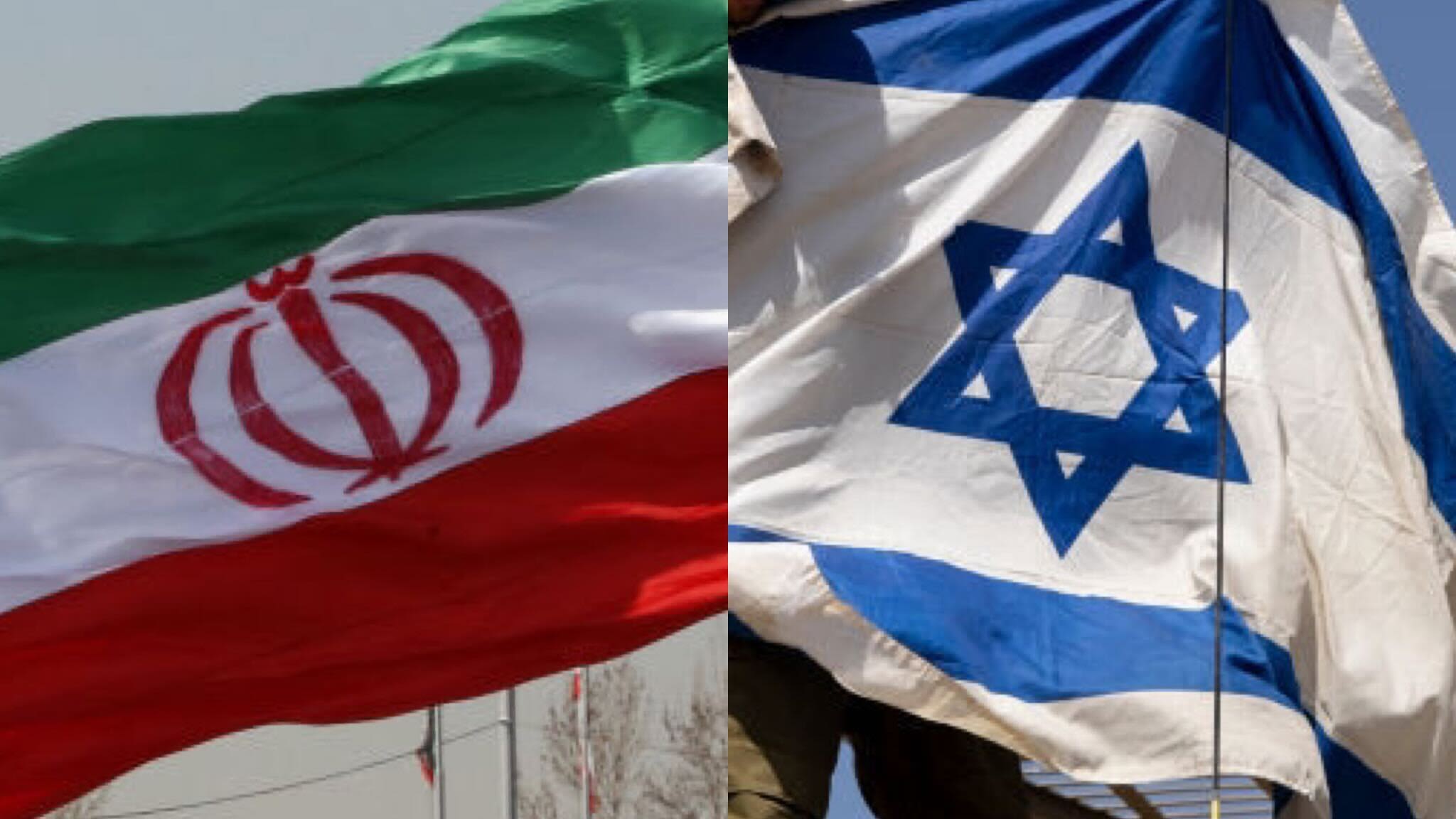





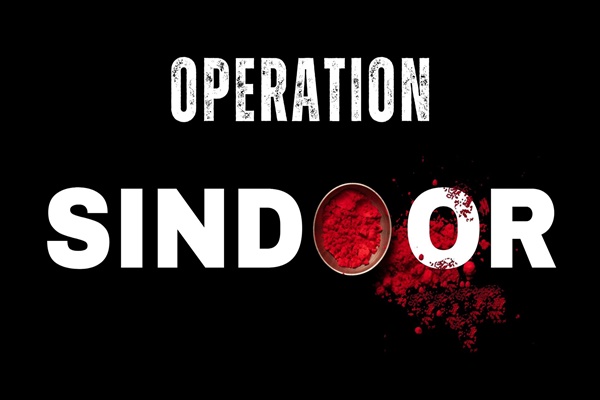
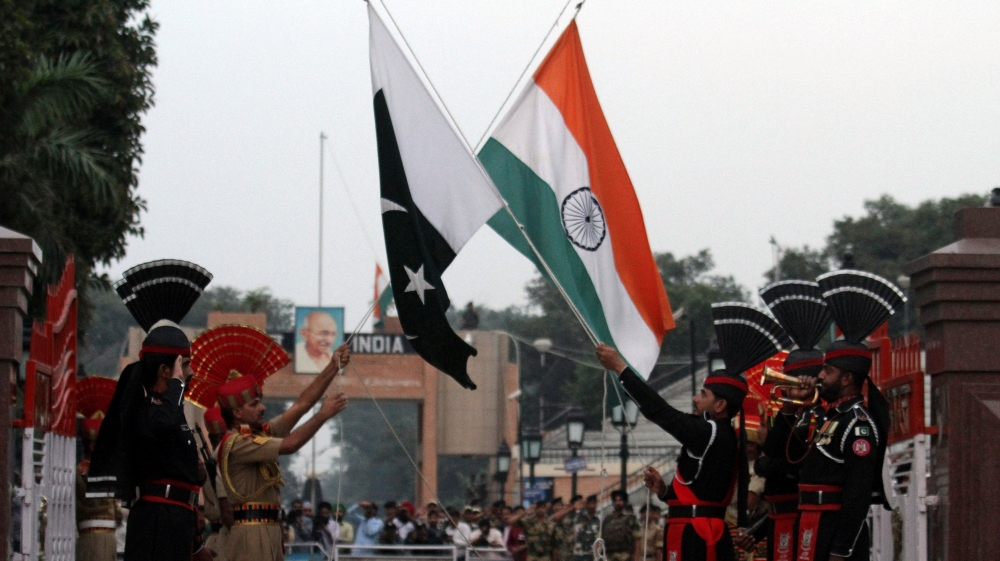
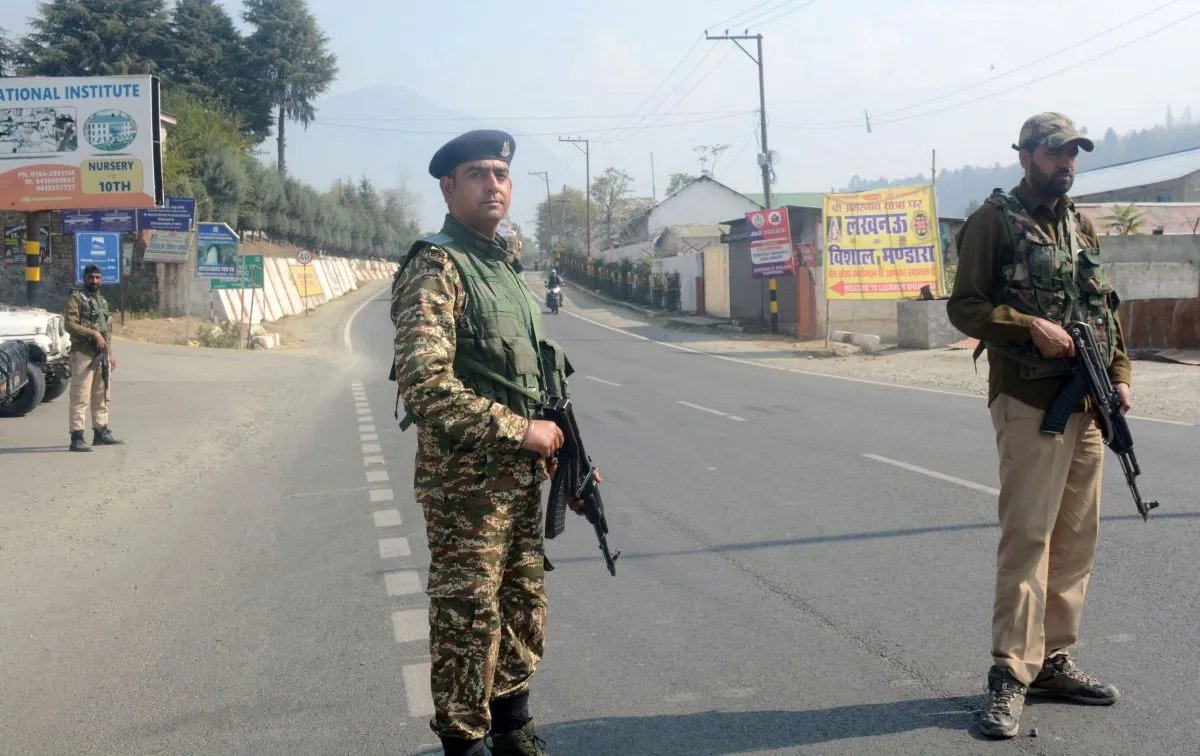
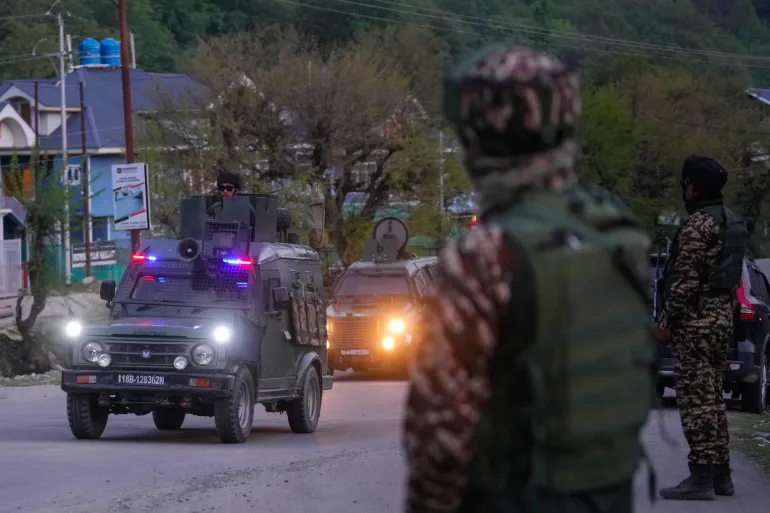



Leave a Reply